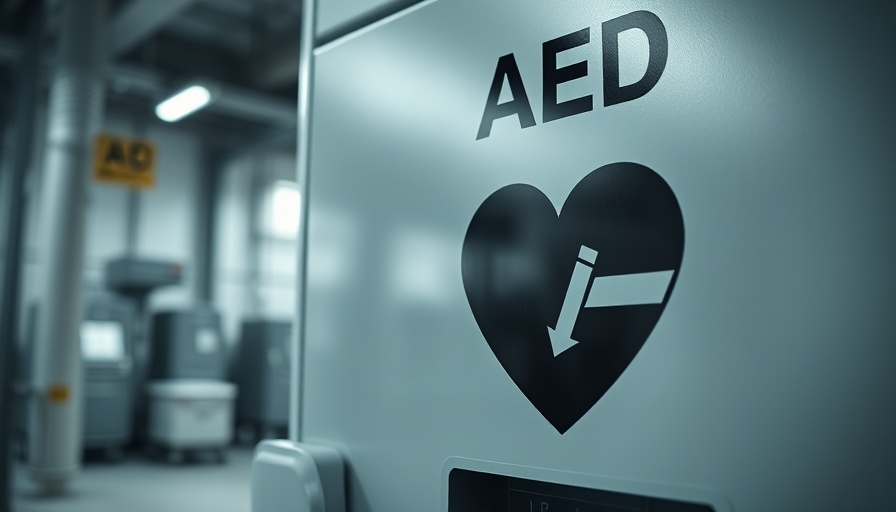
Understanding the Cigarette Butt Dilemma
Cigarette butts have become the undisputed champions of litter in the world. Despite being small, their impact on the environment is far-reaching. Cigarette filters, made from plastic fibers, can take years to decompose, leaching toxic chemicals into soil and waterways, contributing to pollution that harms wildlife and ecosystems.
Join the Club: A Fun Challenge for Change
Community cleanups can often feel overwhelming given the vast amounts of litter, especially cigarette butts. However, there’s a unique way to engage volunteers and turn the task into a rewarding challenge. The Cigarette Butt Counting Challenge encourages teams to estimate how many butts they can collect using creative methods. One method involves the One-Gallon Guessing Game, where participants gauge the number of butts in varying densities of packed gallon containers, ranging from 800 to 2,000 butts.
Additionally, the 20-Second Scoop Method finds hotspots around parks or beach areas rich in cigarette butt litter. This method allows for rapid assessment, and volunteers can quickly amplify their collection efforts by estimating similar hotspots throughout the cleanup area.
Clean and Compassionate: Proper Disposal Matters
After gathering hundreds of cigarette butts, proper disposal becomes crucial. Organizations such as TerraCycle offer recycling programs to prevent butts from ending up in landfills. For the butts that cannot be recycled, it's essential to seal them in robust containers before disposal. Educating participants on proper disposal methods during cleanups can further amplify their positive environmental impact.
The Bigger Picture: How This Connects to Urban Environmental Health
Research shows that cigarette butt litter is not confined to parks and beaches; it pervades urban environments. In Madrid, for instance, a study employing Geographic Information Systems (GIS) mapped the distribution of cigarette butts across the city, identifying hotspots, which tends to be around public transportation stops, educational centers, and hospitality venues. These findings point to an urgent need for policies targeting litter reduction.
Future Trends: Policy and Community Engagement
As awareness surrounding cigarette butt pollution grows, communities are beginning to implement smoke-free policies in high litter areas. Campaigns aimed at educating the public about the environmental impacts of cigarette waste may foster advocacy for legislative change. Initiatives similar to the NYC's campaign to discourage litter by highlighting the costs of cleanup could be adapted globally.
Strategies Communities Can Employ
1. **Educational Campaigns**: Utilizing social media and community events to educate the public on the impact of littering, focusing on statistics like the fact that nearly 4.5 trillion cigarette butts contribute annually to environmental waste.
2. **Visible Infrastructure**: Increasing the number of bins and cigarette butt disposal pouches at popular litter sites can encourage more responsible behavior from smokers. However, evidence suggests that simply providing more disposal options may not be enough; campaigns should accompany infrastructure upgrades to galvanize community involvement.
Conclusion: Taking Action Against Pollution
Participation in cleanup events focused on cigarette butt littering not only contributes to a cleaner community but also cultivates environmental awareness and responsibility. By adopting creative counting methods, responsible disposal practices, and advocating for better urban policies, we can mitigate the profound impacts of cigarette waste on our environment.
If you're inspired by the prospect of making a difference, consider joining or organizing a local cleanup initiative today. Your involvement can inspire others and lead to impactful community change.
 Add Row
Add Row  Add
Add 




Write A Comment